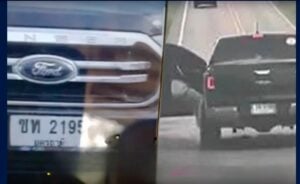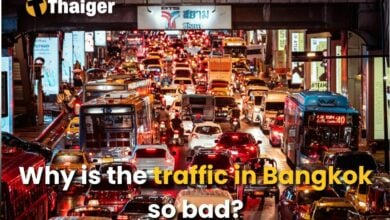7 types of used cars that you shouldn’t buy for use in Thailand

When buying a used car, it’s important to make smart choices to avoid costly mistakes. While it can be tempting to find a great deal, some cars are best avoided due to reliability, high maintenance costs, and safety issues. In this guide, we’ll share seven types of used cars you should skip, helping you make a wise decision and ensuring that your investment is safe and reliable.
1. Cars with a large engine
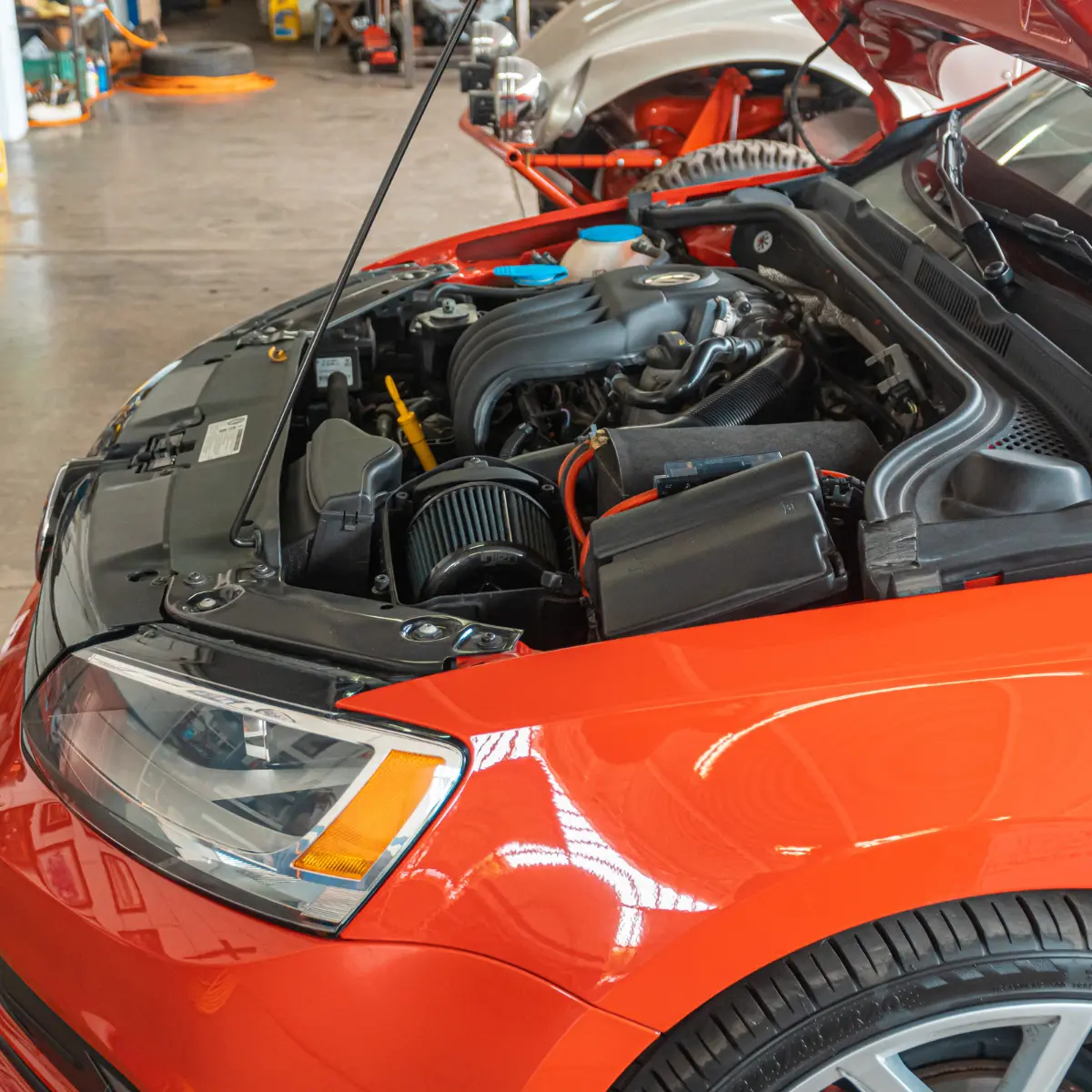
While second-hand cars with large engines may seem like a good deal, they often come with high fuel costs. If you are buying your car for daily use, choose a vehicle with a smaller engine, ideally 1.5 litres or no more than 1.8 liters. Larger engines tend to consume more fuel, so it’s wise to avoid cars with 6-cylinder engines if you want to keep your fuel expenses low. Although the initial price may be tempting, the long-term fuel costs can quickly add up.
2. Non-mainstream cars
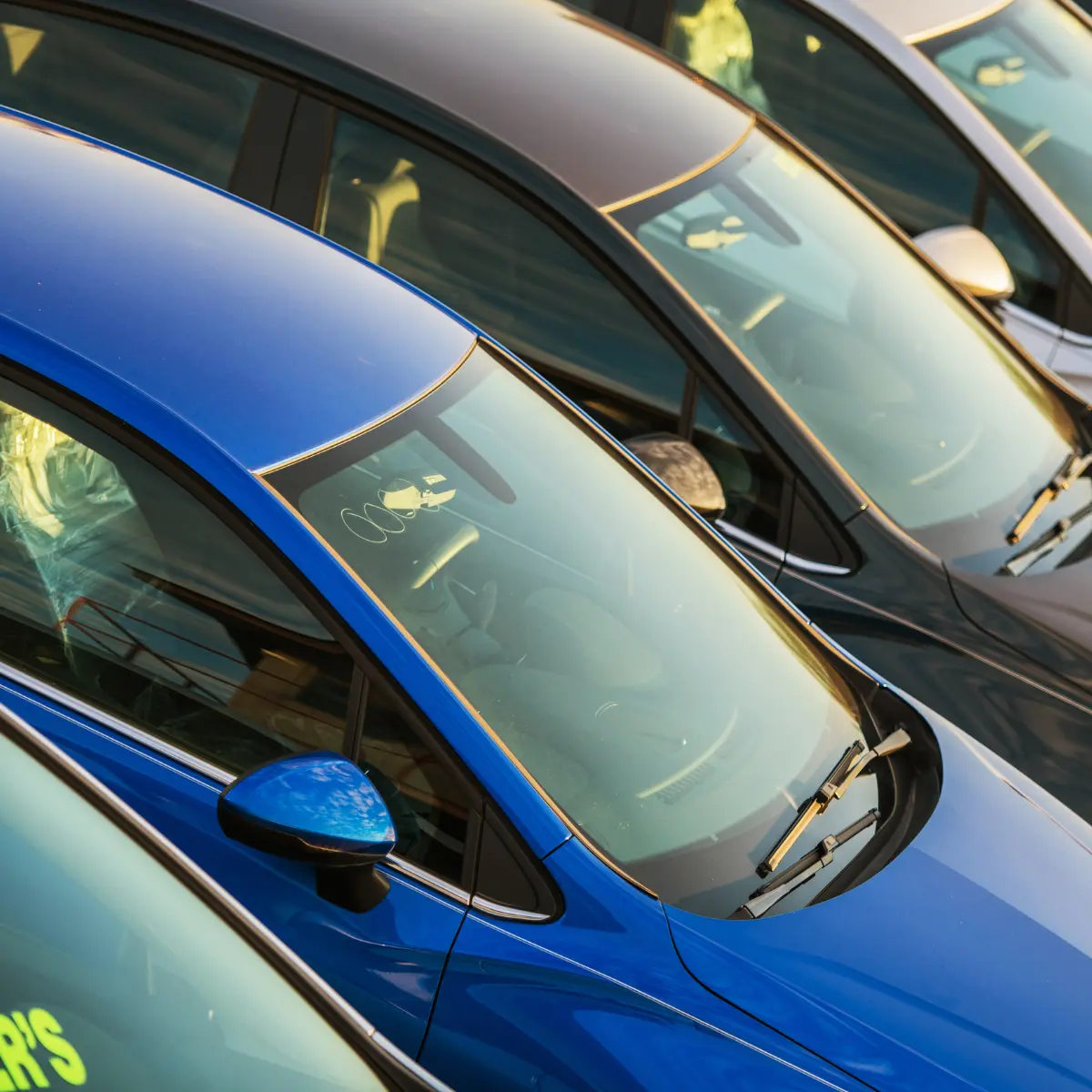
If you’re buying your first used car, choose a popular model. Although non-mainstream cars may seem cheaper and unique, you might face challenges with maintenance later on. Finding spare parts can be difficult, leading to expensive repairs and incomplete work from garages due to unskilled mechanics. In some cases, you may need to order spare parts from overseas, which can take several months. This wait can leave you without a car for an extended period, making it a frustrating experience.
When you’re ready to switch to a new car, you may find it hard to sell a non-mainstream vehicle. Some dealerships might even refuse to buy it, while others may offer a significantly lower price, leaving you with little value for your car.
3. Cars with excessive features
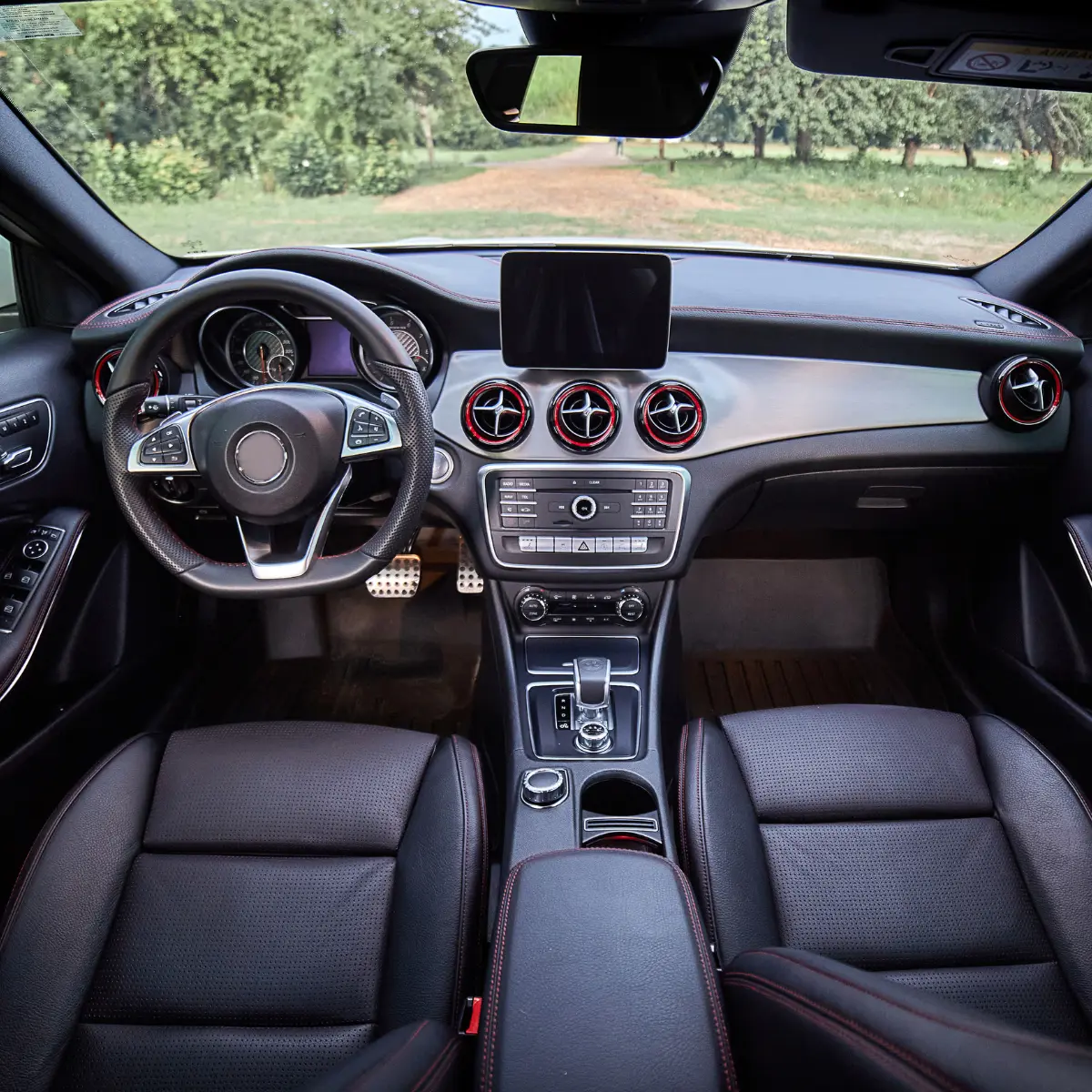
While cars with more features can offer greater convenience, they often come with higher repair costs. For instance, luxurious electric seats may suffer from gear or motor damage over time. In contrast, standard seats are typically more durable and can be used for years without breaking down. Choosing a car with fewer options can save you money on repairs and maintenance in the long run.
4. Cars with LPG/NGV gas installed
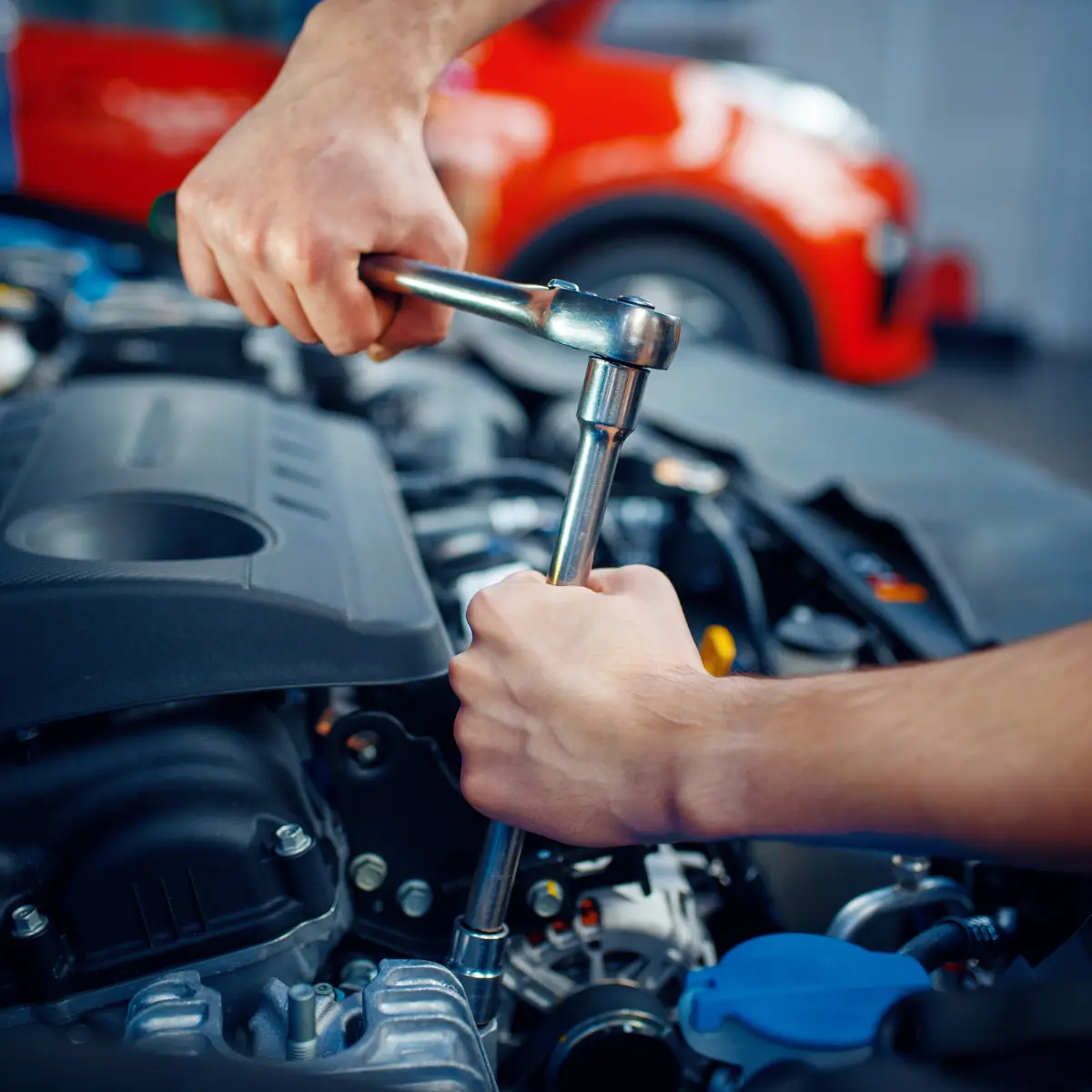
While installing LPG gas can significantly reduce fuel costs (CNG is less popular nowadays), it’s best to avoid buying used cars that have been converted to gas by previous owners. These vehicles typically require more maintenance than standard petrol cars. If the previous owner didn’t have enough time for repairs or neglected them, you might face numerous headaches later.
Additionally, avoid cars that have had gas systems removed, as the engine is often worn out and may show signs of drilling into the body. This can lead to further issues. If you want to drive a gas-powered car, it’s better to choose one that has never been converted and then have the installation done at a trusted garage.
5. Cars with engine replacements
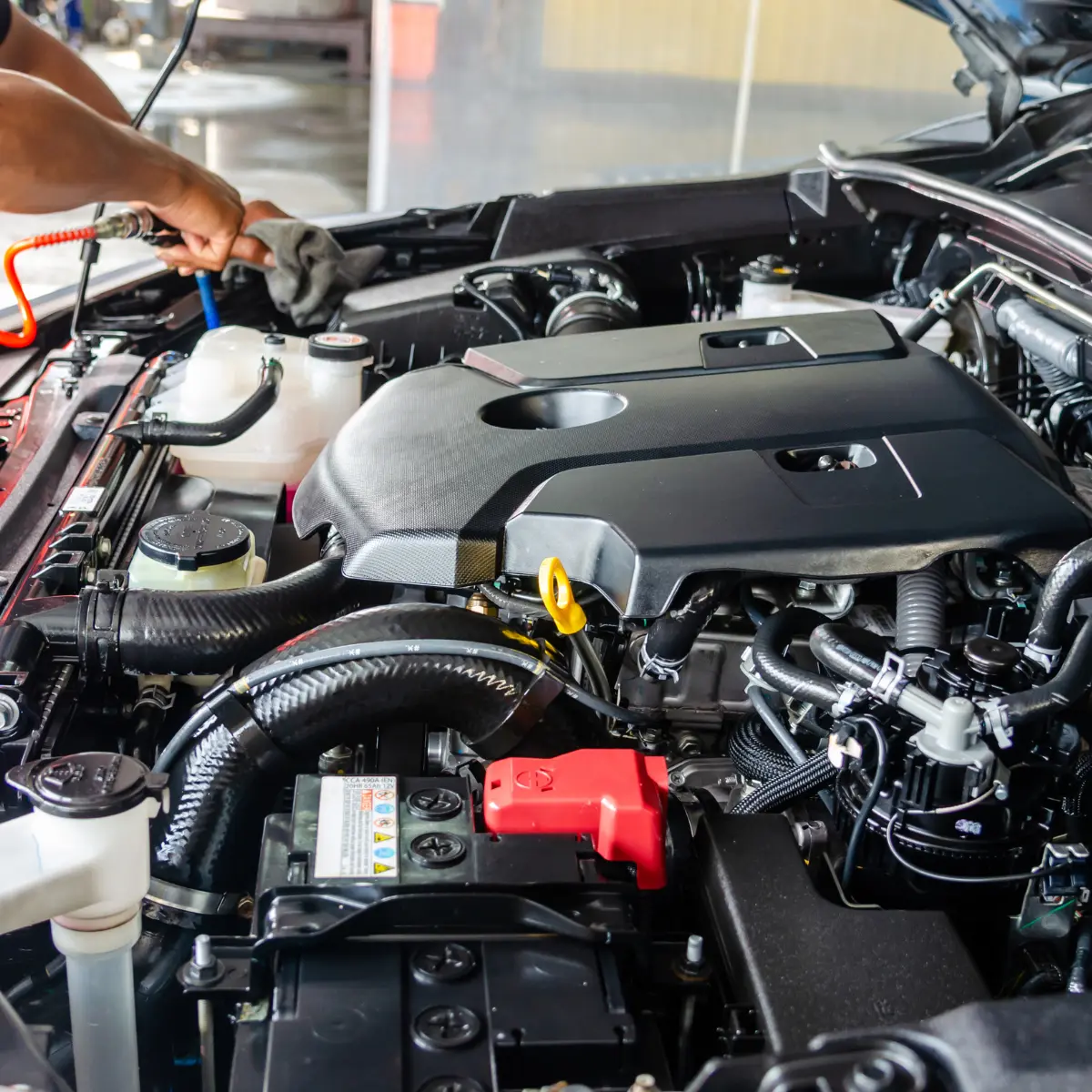
If you’re buying your first used car, avoid vehicles that have had their engines replaced, except for certain models approved by authorised centers. Most of the time, previous owners use these cars until they are worn out and poorly maintained. In such cases, it may be cheaper to replace the engine block than to fix multiple issues. This type of car is risky for continued use and may lead to minor problems later, especially for those who are not skilled in engine maintenance.
Additionally, it’s best to avoid cars that have had significant engine changes, such as a diesel pickup truck converted to a gasoline engine, or when the engine has been swapped across different brands. These modifications are often made by performance enthusiasts, meaning the car may be in poor condition. If the mechanic does not install the engine correctly, you could face numerous issues later on.
6. Cars that have been completely repainted
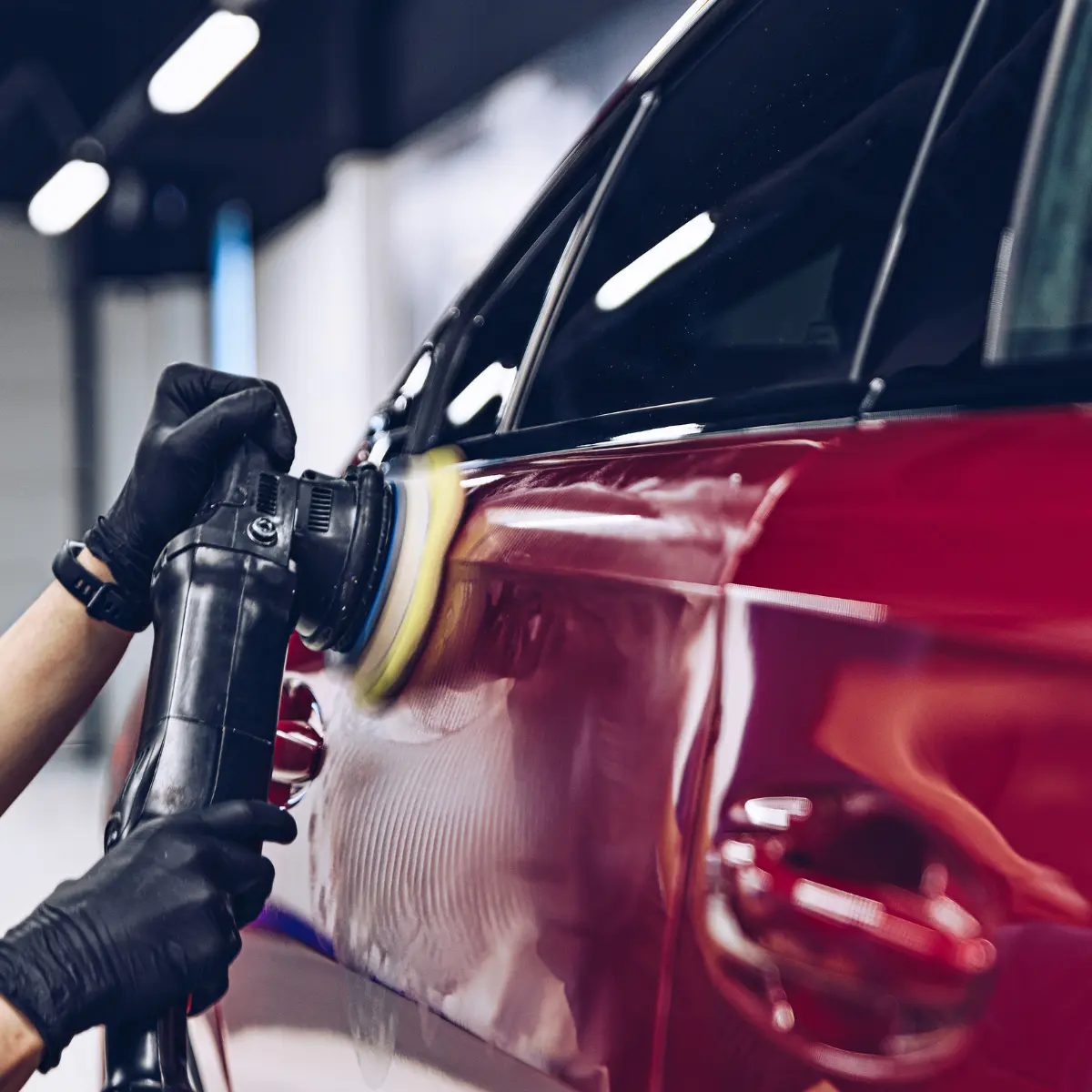
7. Cars whose registration handbooks are lost

The registration handbook (blue book) contains important details about a car, such as ownership transfers, notifications of vehicle cessation, gas system installations, and modifications due to accidents. If the handbook is lost and a replacement is requested, this history is lost, making it difficult to verify the car’s origin.
When a new book replaces the lost one, the Department of Land Transport will stamp “Issued to replace a lost book” on the registration page. However, if it’s stamped “Issued to replace a full book,” it indicates that the new book was issued due to a complete tax payment list. This often occurs with cars that are 17 to 18 years old or older. In this case, check other information before deciding to buy.

